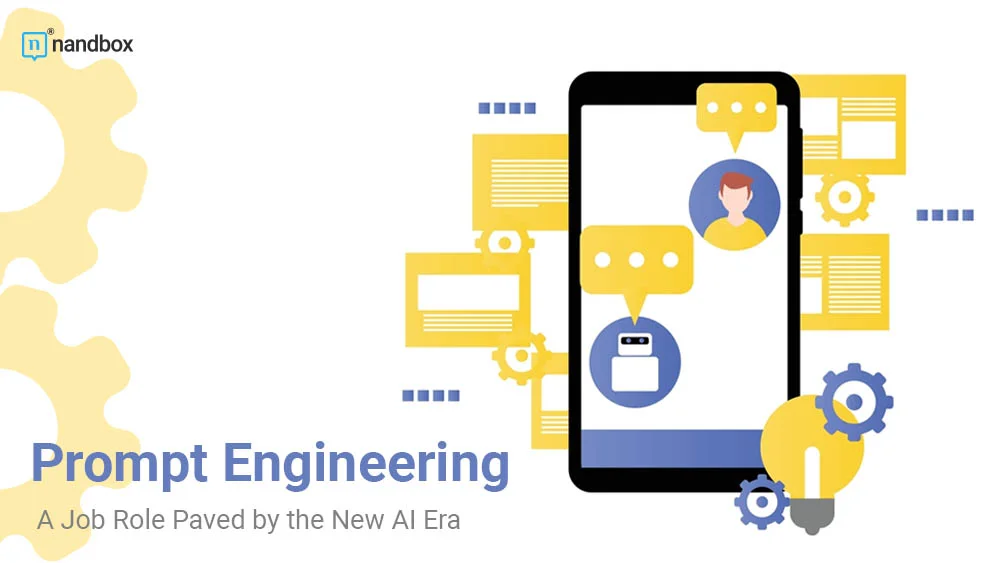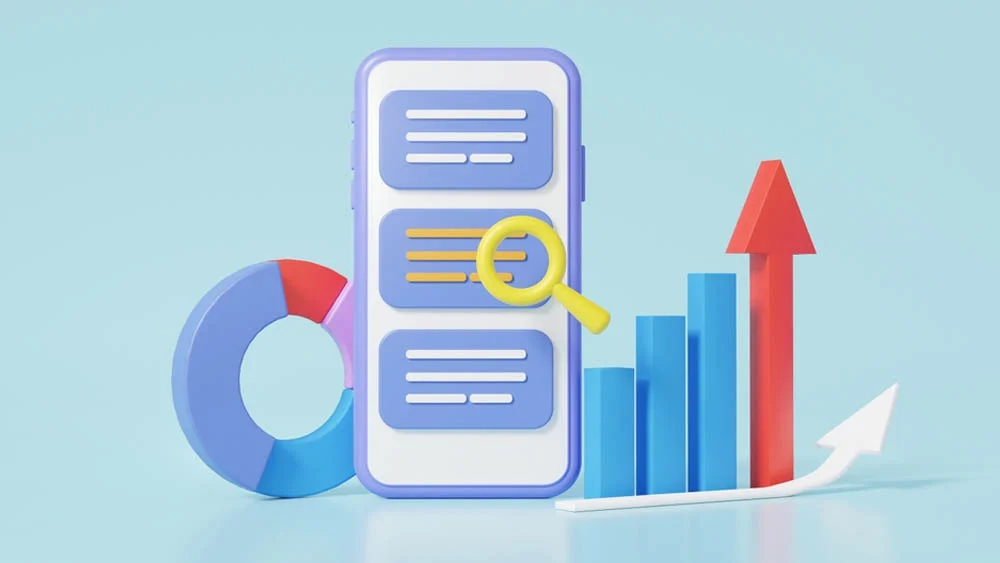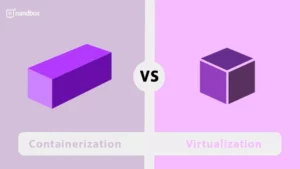How to Learn Prompt Engineering: Through the Eyes of This New AI Era
How to learn prompt engineering? The necessity for experts in prompt writing and engineering is expanding. As generative AI-powered chatbots like ChatGPT, Google Bard, and Microsoft Bing Chat gain popularity. Although this branch of AI technology has been developing for some time, it is only now becoming more widely used. Additionally, it is providing fresh employment opportunities through prompt engineering. Moreover, it provides flexible employment possibilities and well-paying positions.
As artificial intelligence (AI) continues to advance, prompt engineering has become an essential skill for developers. This guide will provide you with a comprehensive overview of how to learn prompt engineering. Additionally, we will discover what it is, why it’s important, and how to master it. Whether you’re a seasoned developer or just starting out. Don’t worry, this guide will help you stay ahead of the curve in the new AI era.
How to Learn Prompt Engineering: What Is It Exactly?
Prompt engineering is the process of designing and creating prompts. These prompts can be used to generate responses from various AI models. These prompts can take many forms. These forms include text, images, and audio. The goal of prompt engineering is to create prompts that are clear, concise, and effective. At what? at eliciting the desired response from the AI model. To do this, developers must have a deep understanding of the underlying AI technology. As well as the specific use case for which the prompts are being designed.
So what is the main goal of a prompt writer or engineer? They simply make sure that when they’re supplying data to a certain AI model or chatbot, the responses it has for humans are specific. Like respectful, bias-free, and ethical enough. Prompt engineers make sure that these chatbots use and follow all safety protocols. The primary objective of the prompt engineer is to comprehend AI’s capabilities. In addition to understanding the reasons why it makes mistakes, even if their role may change depending on the organization.
The Never Ending Market Demand for Prompt Engineering
Employing AI-savvy engineers to develop technologies and solutions for ChatGPT and other creative services is becoming more common in business. There are also opportunities for remote employment and eligibility for candidates with as little as two years of experience. According to Bloomberg, these positions can pay anywhere from $180,000 to $340,000.
In a tweet, Sam Altman, CEO of OpenAI, emphasized the value of prompt engineering. He wrote in a tweet that:
“Writing a great prompt for a chatbot persona is an amazingly high-leverage skill and an early example of programming in a little bit of natural language.”
How to Choose the Right Prompt for Your AI Model
When it comes to prompt engineering, choosing the right prompt for your AI model is crucial. The prompt should be tailored to the specific use case. In addition to being designed to elicit the desired response from the AI model. This requires a deep understanding of the underlying AI technology. As well as the specific needs of the user or application. Some tips for choosing the right prompt include the following. Analyzing the data to identify patterns and trends, testing different prompts to see which ones work best, and iterating on the prompt until it is optimized for the specific use case.
Testing is something or a step that you should focus on. Testing your prompt writing is of crucial importance, as it shows you if the model you’re working on is actually ready for people or the public to use or has a little bit of work to be done before its launch or release.
Fine-Tuning Your Prompt for Optimal Performance
Once you have chosen a prompt for your AI model, it’s important to fine-tune it for optimal performance. This involves tweaking the prompt to improve its accuracy, efficiency, and effectiveness. One way to do this is to analyze the output of the AI model. Also identify areas where it could be improved. For example, if the model is consistently producing inaccurate results for a particular type of input, you may need to adjust the prompt to better address that type of input. Additionally, you may need to experiment with different variations of the prompt to see which ones produce the best results. By fine-tuning your prompt, you can ensure that your AI model is performing at its best and delivering the results you need.
How to Learn Prompt Engineering: Evaluating and Iterating Your Prompt
Evaluating and iterating your prompt is a crucial step in mastering prompt engineering in the age of AI. This involves analyzing the output of your AI model and making adjustments to the prompt to improve its accuracy and effectiveness. By experimenting with different variations of the prompt and fine-tuning it based on the results, you can ensure that your AI model is performing at its best and delivering the results you need. Remember, prompt engineering is an ongoing process, and it’s important to continually evaluate and iterate your prompt to stay ahead in the rapidly evolving field of AI.
Staying Up-to-Date with the Latest Developments and Trends in Prompt Engineering
As with any rapidly evolving field, it’s important to stay up-to-date with the latest developments in prompt engineering. This means keeping an eye on industry news and attending conferences and events to learn from experts in the field. It’s also important to continually experiment with new techniques and tools to see what works best for your specific use case. By staying informed and continually refining your approach, you can ensure that your prompt engineering skills remain cutting-edge and effective in the age of AI.
Identifying AI Flaws Through Prompt Engineering
There is a specific tendency that chatbots tend to have, and that is to actually reply with responses that will either let you frown or shoot your eyebrows to the sky. A chatbot could have a flaw and, for example, profess its love for the person they’re chatting with. I think I speak for all of us when I pray that we never have to live the chain of events that Joaquin Phoenix lived in the movie (HER).
Pardon me, good sir, but I don’t want a robot confessing its love to me; I’d call that a fatal error or flaw. This is where prompt engineers hop in to identify these flaws and fix them. Furthermore, they can actually deduce what that robot is capable of from the “flaw or bug analysis” that they conduct. Prompt engineers can then draw a new phase for the bot with a fresh new program. This helps them trace their mistakes and gives them the opportunity to actually fix their coded flaws.
What Are the Skills Needed to Become a Prompt Engineer?
There are certain skills that are considered must-haves in order for a person to be a prompt engineer. Here’s a list of all the things you can learn. Additionally, gain as skills in order to be a successful prompt engineer:
- Communication skills: You will need to explain clearly what you need the bot t do and how it should execute your vision precisely.
- Detail orientation skills: Paying attention to the details of the given data to the bot is one of the most crucial things that you should have an eye for.
- Organizational creativity: You must be able to recognize the various components of a piece of work and teach the AI how to go through each one in order.
- Critical thinking skills: In order to evaluate the various strategies that can be employed to convince the AI to carry out a specific task and choose which ones are most likely to succeed, you must have the capacity for critical thinking.
Is Prompt Engineering the Future?
There is a million-dollar question that people are dying to get answers for. “Will this be our future?” “Will we just live later on as man vs. robot?” There are different academic answers that form more of an opinion when it comes to this specific question. Linguistics professor Shane Steinert-Threlkeld at Washington University states that prompt engineers can’t actually forecast a bot’s reply or predict its responses. She states that this isn’t science with theories to be proven; it is a matter of poking a bear differently and waiting to see if it will roar the same or differently. Other opinions are formed that this is simply a fad that will perish at some point in our lives. If you’re looking for a certain answer, we recommend you stop looking because these are all opinions that vary from one person to another.
Final Thoughts
In the field of AI, prompt engineering is a dynamic and expanding job path. It provides lucrative positions with the option of working remotely. The need for quick engineers will increase as more organizations use AI chatbots. Integrating chatbots into new applications is something that adds a lot more value to the application. Additionally, it is allowing it to have a market base and a certain business strength. That is why, in nandbox, this is exactly what we aim for.
We aim to facilitate the whole app development process. We know that the word “development” can cause certain people to hyperventilate due to the fact that they have no prior knowledge of any coding or programming languages. That is why our native no-code app builder is the perfect solution for you if it is your goal to build a native app without using a single line of code.
Our app builder depends on its easy drag-and-drop interface, which allows you to add features to your app easily. Sign up for nandbox’s native no-code app builder and bring your app idea to life for a fraction of the cost.








